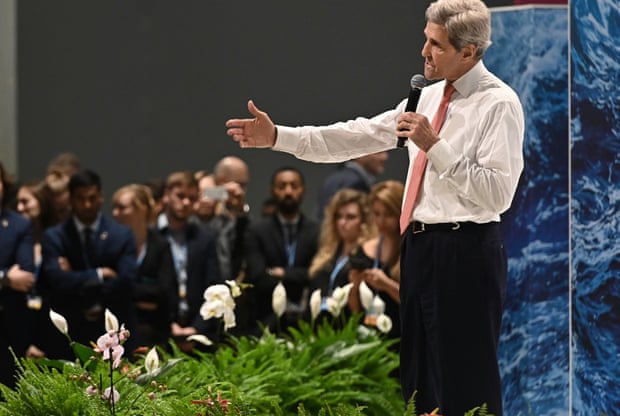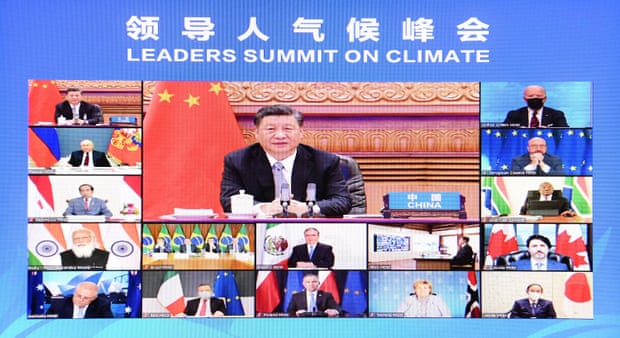
With the U.S. supplying 1 percent of the world’s lithium, there’s nowhere to go but up.
About 30 miles east of Reno, Nevada — past Tesla’s sprawling Gigafactory battery plant and the arid dusty grasslands of Northern Nevada — a startup is developing a large factory that could help unlock lithium, a key ingredient in electric vehicle batteries, from the earth.
The six-year-old company, Lilac Solutions, makes small white beads that can extract lithium from salty water deposits called brines, found around the world in places such as Argentina and Chile — and also Nevada and California. So-called ion-exchange beads are already used for various industrial applications such as cleaning water, but these are the first used for extracting lithium.
The U.S. is a bit player in the global lithium mining and processing game, dwarfed by other countries. The U.S. produces about 1 percent of the world’s lithium, while Australia, Chile, Argentina and China collectively produce over 90 percent. For decades, the only lithium that trickled out of the U.S. came from a small mine in Nevada run by chemical company Albemarle.
But as global sales of EVs have begun to rise dramatically — expected to grow from just under 10 percent of new passenger vehicle sales in 2021 to 23 percent by 2025 — lithium demand has gone through the roof. The global demand for lithium is expected to rise from 500,000 metric tons of lithium carbonate equivalent in 2021 to 3 to 4 million metric tons by 2030. The problem is clear: Relying on other countries for essentially all the critical minerals that make up EV batteries is not just a liability, it’s a missed opportunity.
That’s why a collective effort is underway to shift the tectonic plates under the world’s lithium supply chain to include the U.S. Mining giants, automakers, tech startups, lithium speculators, state and local governments and the Biden administration have all been trying to kickstart America’s domestic lithium initiatives. New lithium projects, from mining to processing, are proposed across states including California, Nevada, North Carolina, Tennessee and Maine.
American automakers including General Motors, Tesla and Ford will need hundreds of thousands of tons of lithium to meet growing demand for lithium-ion-powered electric vehicles.
Earlier this month, President Joe Biden unveiled a plan to dole out close to $3 billion in grants to 20 companies that are manufacturing, processing or mining key minerals, including lithium, for electric vehicle batteries. Lilac Solutions was chosen to negotiate a $50 million grant to help build its planned factory in Fernley, Nevada, near Reno.
The Biden administration’s Department of Energy funding follows the newly established law, the Inflation Reduction Act, which ties some tax credits for electric vehicles to battery minerals that are extracted, processed or recycled in the U.S. This spring the administration also used the Defense Production Act to increase the American production of battery minerals.
While China, Australia, Chile, Argentina and others are likely to dominate the lithium supply chain for the foreseeable future, domestic U.S. sources for mining, processing and recycling lithium will be important to help bolster the emerging American EV industry.
Mine the brine
Lilac, founded in 2016 and based in Oakland, California, has been quietly attracting interest from mining partners such as Australia’s Lake Resources as well as big-name investors. Last year, the company closed on a $150 million round of series B funding from Bill Gates’ Breakthrough Energy Ventures and Chris Sacca’s Lowercarbon Capital. Lilac’s investors also include T. Rowe Price, MIT’s The Engine and Tesla backer Valor Equity Partners.
The startup has drawn a who’s who of funders because of its potential ability to unlock lithium from the world’s brines. Much of the current global lithium supply is dug out of hard rock in mines like in Australia. But there are untapped resources in salty water deposits, where the lithium exists in low concentration and the mixture has high impurities. Lilac says its beads can suck out the lithium from the solution and leave the rest of the brine mixture intact to be returned back to the environment.
The massive brine lithium mines of South America — found in places such as Chile’s Atacama desert — use huge amounts of water and land and take 12 to 18 months to produce lithium through solar evaporation. A technology like Lilac’s could offer a more efficient, more sustainable method across a much smaller footprint.
Part of Lilac’s Series B funding is being spent on getting the Fernley factory into production, Lilac CEO Dave Snydacker told GreenBiz last month. The $50 million from the DOE will help accelerate production, and the agency said Lilac’s funding will create 150 new jobs.
Snydacker said the plant will come online in phases over the next two years and eventually will be able to make enough beads to support the extraction of 200,000 tons per year of lithium. That’s the equivalent of close to half of the amount of lithium produced globally last year. The funding doesn’t just add to Lilac’s war chest, it also adds validation and the spotlight of the White House.
At the event where Biden unveiled the EV battery minerals grants, 10 executives of companies, many of them startups, appeared behind Biden on a screen and four made remarks about how the funding would be used. Three of the four speakers were leaders of lithium production and processing companies: Albemarle; American Battery Technology Company; and ICL-IP America.
Albemarle plans to use a $150 million grant from the DOE to build a lithium concentrator plant at a mine in Kings Mountain, North Carolina. A concentrator increases the amount of lithium per volume and is one step in the process to get it ready to put into batteries. When it’s up and running, the Kings Mountain lithium supply chain would be able to produce and process enough lithium for 750,000 electric cars per year.
It makes sense for U.S. companies to try to tap into domestic lithium when it’s done sustainably and in a sensitive way for local communities.
Albemarle is also doubling the size of its lithium mine, Silver Peak, in Nevada, about 200 miles southeast from Fernley and Tesla’s Gigafactory. In Nevada alone, there are 17,000 prospecting claims for lithium, the Guardian recently reported.
Long road for U.S. lithium
Becoming a player in the global lithium supply chain won’t be easy for U.S. stakeholders. Companies looking to build new mines or reopen older ones face lengthy environmental review processes and are often challenged by local Indigenous communities. And rightly so, mining companies have long histories of polluting lands and neglecting the needs of groups that might use the lands as sacred sites, communal purposes or for hunting and fishing.
Most of the domestic critical mineral deposits needed for EV batteries — lithium, cobalt, nickel, copper — are near Native American reservations. Lithium Americas Corp. has faced resistance from both Native American tribes and environmentalists over its proposed lithium mine, Thacker Pass, in Nevada. By some estimates, Thacker Pass could contain the largest hard rock lithium deposit in the U.S.
American automakers including General Motors, Tesla and Ford will need hundreds of thousands of tons of lithium to meet growing demand for lithium-ion-powered electric vehicles. The industry won’t be able to source all of that domestically and fast enough, and South American lithium mines are likely to play a key role in the growing American EV boom.
But it makes sense for U.S. companies to try to tap into domestic lithium when it’s done sustainably and in a sensitive way for local communities. Investors are eager to put money into U.S. lithium initiatives — it can be cheaper to finance U.S. projects versus international ones — and there are shipping efficiencies if mining, processing and battery production projects can all be on the same continent.
With America supplying just 1 percent of the world’s lithium, there’s nowhere to go but up when it comes to American-made and -processed lithium. And for Lilac Solutions, if the technology works economically at a commercial scale as its supporters hope it does, its Nevada factory could be a key way for an American-made tech to be the one to help unlock the world’s lithium.
Source GreenBiz










